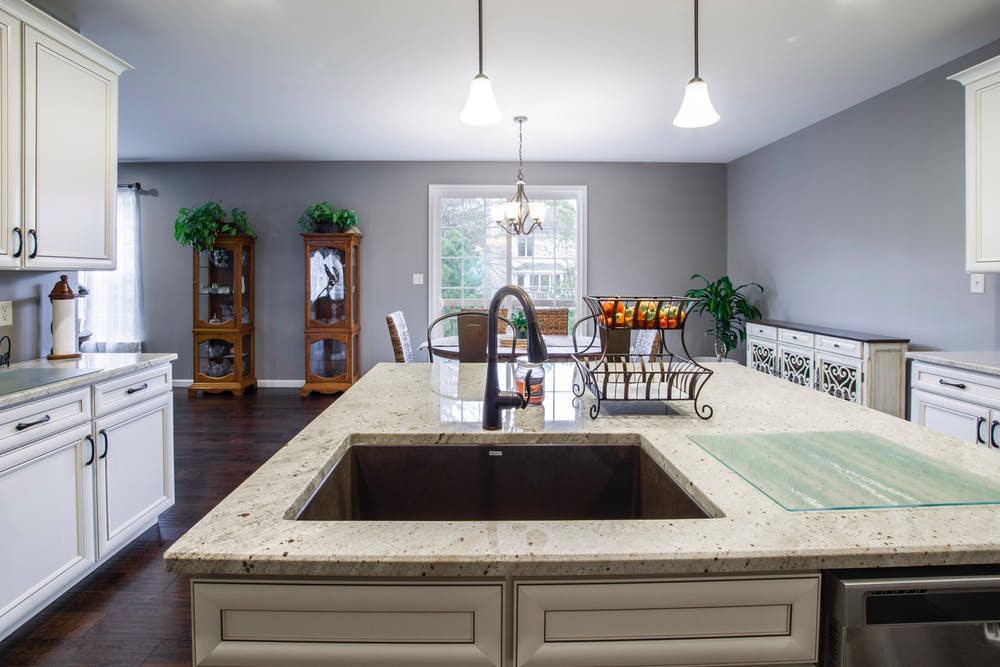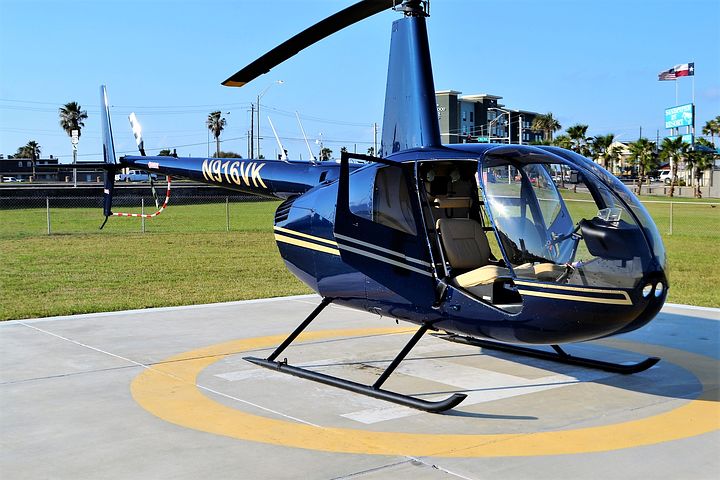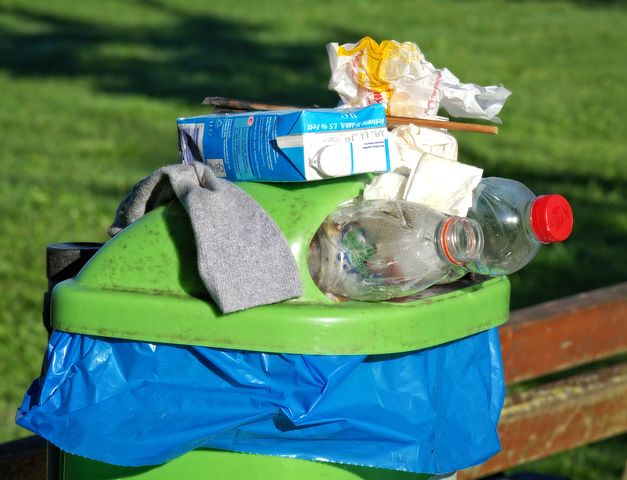It can be really easy to forget about the systems you have in place to ensure that you have warm liquid to come out of your taps and appliances. But what happens when you have to change your system? There are so many options when it comes to hot water cylinders to choose from, and it can sometimes be a challenge to understand the different alternatives in order to choose which best suits your household. So, in order to help you understand the different options, keep reading to find out everything you need to know about hot water cylinders in NZ.
What are the different types of hot water cylinders in NZ?
In regards to the different types of system, there are several different options, each with their own positives attributes and drawbacks. Electric systems are a popular option and they work through heating the liquid with an element in the bottom of the unit. Once the liquid has been heated, it is then stored in a tank and is therefore ready to be used throughout the day. One benefit of electric systems is that they are an affordable purchase, however they are one of the more expensive systems to run. In Australia and New Zealand many households opt for a solar powered structure; this means that solar power is used to heat the liquid. Solar power is not only environmentally friendly, but also cheap to run, however they are the most expensive structure to buy and install. Another well known system is a gas hot water cylinder in NZ. These systems are not only cost effective, but they are highly efficient heaters. The main selling point of these systems is, however, the fact that they provide instant warm liquid on demand, throughout the house.

Vented vs Unvented?
Hot water cylinders in NZ can be split into two categories; vented or unvented. But what do these terms actually mean? What exactly is the difference between the two options? A vented structure is a more traditional approach and generally works through a cold liquid storage tank, which is usually stored in the loft or the attic. This tank will supply the cold liquid to the warm liquid chamber, using gravity to aid this process. An immersion heater, or a boiler will heat the cold liquid before it can be supplied to the warm liquid chamber. Vented systems are a simple design and are a more affordable option. The disadvantage to a vented structure is that they take up a large amount of space and will probably deliver low pressures of liquid when it comes out of any appliances. This differs from unvented systems, which do not require a cold storage tank; instead they work through a pressurized system which is supplied directly from the main water. There are also two heating options for unvented structures; an immersion heater, or by using the central heating. Although more expensive, this system means you will always get high pressure out of appliances, and it also uses up less space in your home.
Although there is a lot to think about when it comes to replacing your hot water cylinder in NZ, there are plenty of available options. It is important to consider if solar, electric or gas systems are most appropriate for your residence, and if vented or unvented will work best for you. As intimidating as this may seem, it is actually a positive thing as it will allow you to find the best option to suit your household.







About The Author: Wanda Martinez
More posts by Wanda Martinez